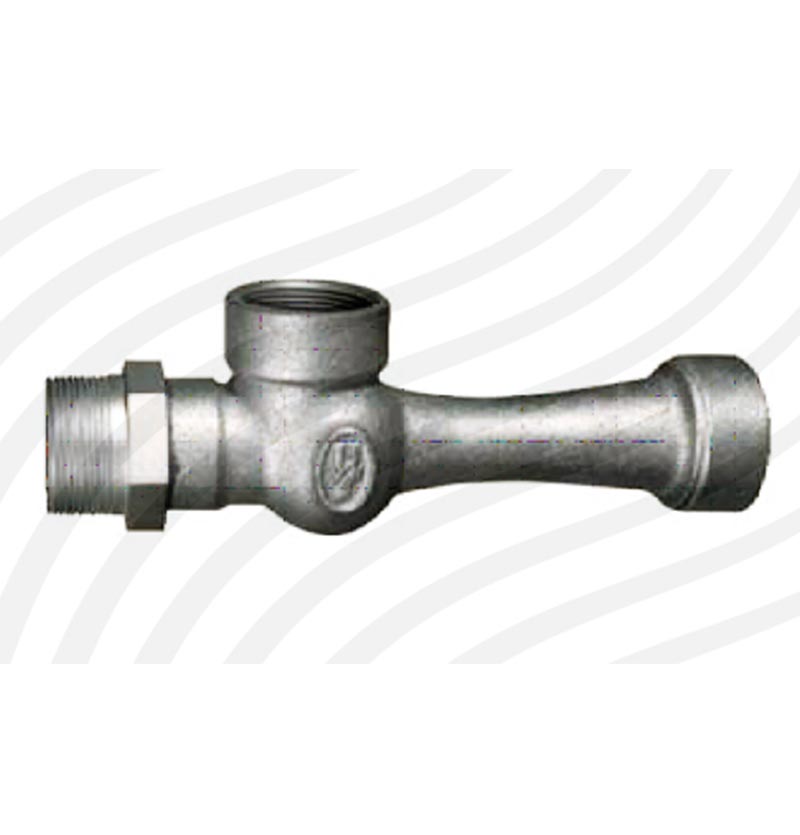Liquid jet solids pumps
Hits : 1763 |
Liquid jet solid pumps are These devices operate on the ejector principle and serve to convey liquids with particles and flowable granular material. in the Liquid jet solid pumps The motive liquid, in most cases water, emerges from the motive nozzle at a high velocity into the mixing chamber of the pump, entraining the material present in the mixing chamber.
We recommend you to read "more details" part, if you want to know more about the liquid jet solids pumps.
Liquid jet solids pumps
What is a Liquid jet solid pump?
Liquid jet solids pumps are jet pumps which, with the help of a motive liquid, c The material to be conveyed flows through a hopper into the jet pump. The motive liquid, in most cases water, emerges from the motive nozzle at a high velocity into the mixing chamber of the pump, entraining the material present in the mixing chamber. Depending upon the type of material to be conveyed, rinse water must be sprayed into the hopper in order to maintain a constant flow. The mixture of liquid and material can be conveyed directly to the point of application, by pipe or hose. Liquid jet solids pumps can also be supplied as complete units with hoper and rinse water connection. Stationary units as well as mobile units are available.
You can know more about our Liquid jet solid pumps by reading our catalog here
Karajet Liquid jet solid pump catalog

Why do we use Liquid jet solid pump?
- Simple and reliable
- Corrosion and erosion resistant
- Automatic control
- Easy to install
- Low cost
- No moving parts
- Practically no maintenance during its service if “washed down” periodically
Where can we use Liquid jet solid pump?
- Convey granular solids, sand, gravel, salt, activated carbon, ion-exchange resin, absorbent carbon, chemical or pharmaceutical substances, ash, drilling mud, semisolids such as crushable foodstuff and other types of solids
- Filling and emptying reactors with reactor mass
- Adding additives to reactors
- Decarburizing and de-acidifying plants of water and effluent treatment plants
- Adding precipitating agents in dirty water and effluent water treatment
- Filling, cleaning and discharging water treatment plants
- Agricultural purposes
- Producing emulsions
- Pumping food products
- Glass industry and power production
Range of Operation
- Maximum allowable grain diameter 8 mm
In normal operation (smooth surface grins of maximum 1.0-1.5 mm diameter without "bridging" tendency)
- Motive volume: 3 – 5 times the volume of the material to be conveyed
- Motive pressure: 2.5 - 3 times that of the delivery head.
- Rinse water: 20% the volume of the material to be conveyed
In more difficult cases (coarser materials with a rougher surface, relatively high specific gravity, tendency to form "bridges" and to bond, such as sand, ash, and sticky slurries)
- Motive volume: 5 - 10 times the volume of the material to be conveyed
- Motive pressure: 2.5 - 3 times that of the delivery head.
- Rinse water: included in motive volume consumption
Installation Requirements
- At the suction connection a feeding hopper for the solids is installed or the water jet pump has to be installed in a hopper.

